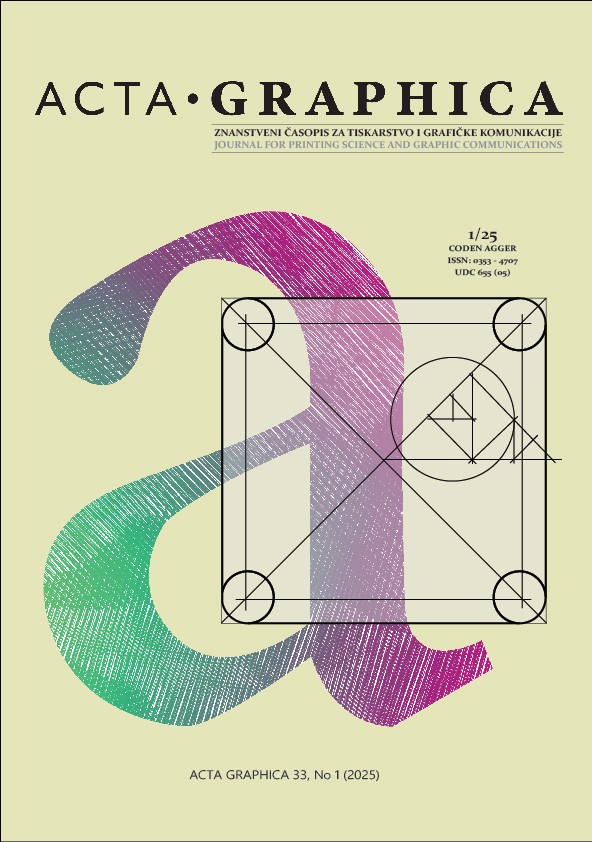Counterfeit identification documents of the European Union Member States: forensic characterization of polymers and determination of individualization methods
DOI:
https://doi.org/10.25027/agj2017.28.33.1Keywords:
identity documents, counterfeit documents, polymers, polycarbonate, IR-spectroscopy, laser engravingAbstract
Modern identification and travel documents, such as identity cards, driver's licenses and residence permits, are made of polymers. European Union (EU) regulations stipulate that security documents issued by EU Member States (EU MS) in ID-1 (card) format shell be made of polycarbonate (PC) or an equivalent synthetic polymer, which can last at least 10 years. Due to the wide range of temperature resistance, polycarbonate documents can be individualized by laser engraving, which is considered as one of the most reliable ways of integrating the owner's data and image into the body of the polycarbonate cards.
Until recently, various printing techniques, such as thermal printing, laser or inkjet printing, have been used for the individualization of counterfeit travel and identity documents made of polymers. However, in recent times, a new form of forgery of documents made of polymers has appeared, on which the bearer's photo and data are laser-engraved, as is the case with legally issued documents made of polycarbonate.
In the present study, 82 samples of different types of counterfeit EU MS documents made of polymer were analysed (identity cards, driving licenses, residence permits), using non-destructive methods. IR-spectroscopy with ATR technique was used for the analysis of the qualitative chemical composition of the polymer of counterfeit documents. Video-spectral and stereomicroscopic analysis were used for the determination of techniques used for the production and individualization of counterfeit documents.
This study will show that the technique used to individualize polymer counterfeit documents depends on the type of polymers used.
Downloads
Published
Versions
- 2025-08-22 (2)
- 2025-03-31 (1)





